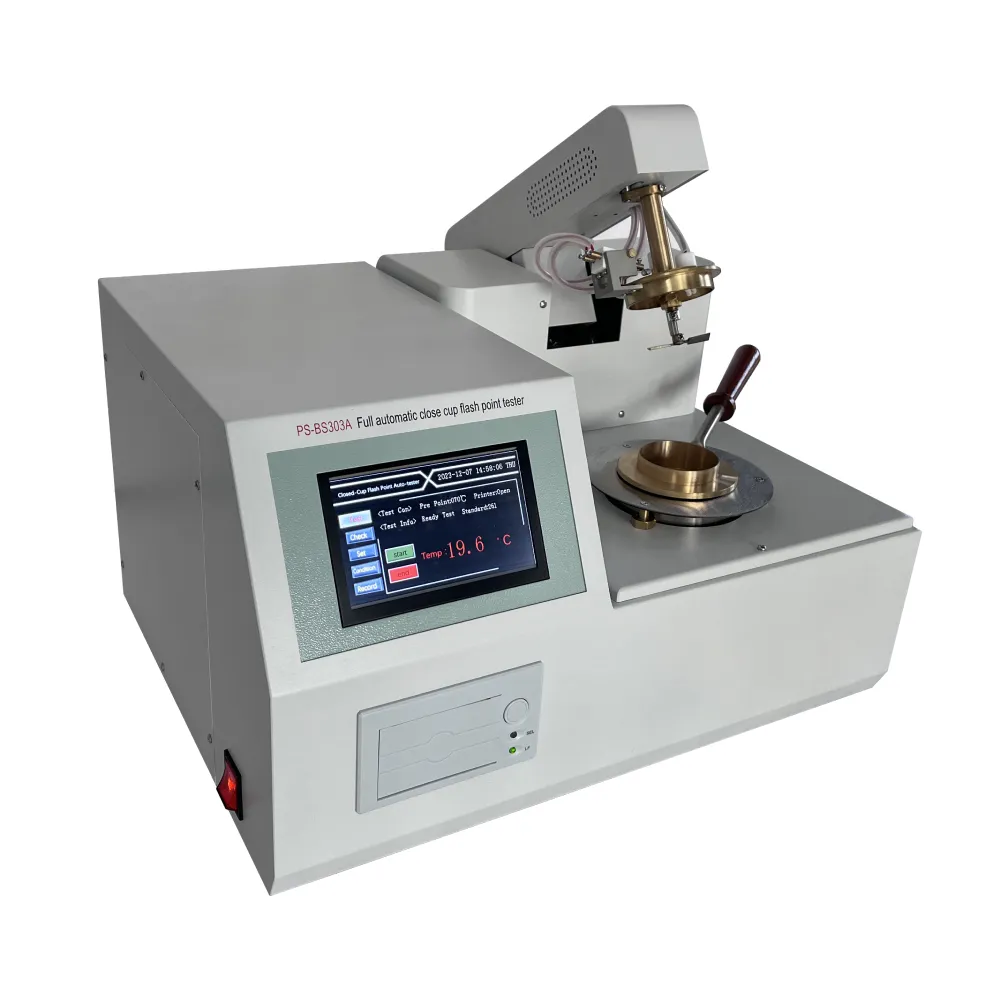 English
English



-
 Afrikaans
Afrikaans -
 Albanian
Albanian -
 Amharic
Amharic -
 Arabic
Arabic -
 Armenian
Armenian -
 Azerbaijani
Azerbaijani -
 Basque
Basque -
 Belarusian
Belarusian -
 Bengali
Bengali -
 Bosnian
Bosnian -
 Bulgarian
Bulgarian -
 Catalan
Catalan -
 Cebuano
Cebuano -
 China
China -
 China (Taiwan)
China (Taiwan) -
 Corsican
Corsican -
 Croatian
Croatian -
 Czech
Czech -
 Danish
Danish -
 Dutch
Dutch -
 English
English -
 Esperanto
Esperanto -
 Estonian
Estonian -
 Finnish
Finnish -
 French
French -
 Frisian
Frisian -
 Galician
Galician -
 Georgian
Georgian -
 German
German -
 Greek
Greek -
 Gujarati
Gujarati -
 Haitian Creole
Haitian Creole -
 hausa
hausa -
 hawaiian
hawaiian -
 Hebrew
Hebrew -
 Hindi
Hindi -
 Miao
Miao -
 Hungarian
Hungarian -
 Icelandic
Icelandic -
 igbo
igbo -
 Indonesian
Indonesian -
 irish
irish -
 Italian
Italian -
 Japanese
Japanese -
 Javanese
Javanese -
 Kannada
Kannada -
 kazakh
kazakh -
 Khmer
Khmer -
 Rwandese
Rwandese -
 Korean
Korean -
 Kurdish
Kurdish -
 Kyrgyz
Kyrgyz -
 Lao
Lao -
 Latin
Latin -
 Latvian
Latvian -
 Lithuanian
Lithuanian -
 Luxembourgish
Luxembourgish -
 Macedonian
Macedonian -
 Malgashi
Malgashi -
 Malay
Malay -
 Malayalam
Malayalam -
 Maltese
Maltese -
 Maori
Maori -
 Marathi
Marathi -
 Mongolian
Mongolian -
 Myanmar
Myanmar -
 Nepali
Nepali -
 Norwegian
Norwegian -
 Norwegian
Norwegian -
 Occitan
Occitan -
 Pashto
Pashto -
 Persian
Persian -
 Polish
Polish -
 Portuguese
Portuguese -
 Punjabi
Punjabi -
 Romanian
Romanian -
 Russian
Russian -
 Samoan
Samoan -
 Scottish Gaelic
Scottish Gaelic -
 Serbian
Serbian -
 Sesotho
Sesotho -
 Shona
Shona -
 Sindhi
Sindhi -
 Sinhala
Sinhala -
 Slovak
Slovak -
 Slovenian
Slovenian -
 Somali
Somali -
 Spanish
Spanish -
 Sundanese
Sundanese -
 Swahili
Swahili -
 Swedish
Swedish -
 Tagalog
Tagalog -
 Tajik
Tajik -
 Tamil
Tamil -
 Tatar
Tatar -
 Telugu
Telugu -
 Thai
Thai -
 Turkish
Turkish -
 Turkmen
Turkmen -
 Ukrainian
Ukrainian -
 Urdu
Urdu -
 Uighur
Uighur -
 Uzbek
Uzbek -
 Vietnamese
Vietnamese -
 Welsh
Welsh -
 Bantu
Bantu -
 Yiddish
Yiddish -
 Yoruba
Yoruba -
 Zulu
Zulu
transformer acidity test
Understanding the Transformer Acidity Test
Transformers play a crucial role in the electrical power system, enabling efficient voltage transformation and ensuring stable electricity distribution. However, like any electrical equipment, transformers are prone to deterioration and damage over time. One significant factor that contributes to this degradation is the quality of the insulating oil used in transformers. Over time, insulating oil can become contaminated with acids, which can severely affect the performance and lifespan of the transformer. The transformer acidity test is a key procedure used to evaluate the condition of transformer oil.
What is the Transformer Acidity Test?
The transformer acidity test, often referred to as the acidity index or acid number test, quantifies the acidity of the insulating oil contained in the transformer
. This test is essential because the presence of acids in transformer oil can lead to the corrosion of critical components, reduce dielectric strength, and eventually impact the overall functionality of the transformer.Why is Acidity Important?
The acidity in transformer oil primarily results from the breakdown of the oil over time, a process accelerated by heat, moisture, and the presence of oxygen. This breakdown leads to the formation of acids, which are harmful to the transformer’s insulating materials and metal components. High acidity levels can lead to increased wear and tear, leading to premature failure or costly repairs. Therefore, monitoring acidity levels is crucial for predictive maintenance and ensuring the long-term reliability of transformers.
Conducting the Acidity Test
transformer acidity test

The transformer acidity test is conducted using standardized methods, typically outlined by organizations such as ASTM (American Society for Testing and Materials). One common method involves titrating a sample of the transformer oil with a strong base, usually potassium hydroxide (KOH), to determine the amount of acid present. The results are expressed in terms of milligrams of KOH needed to neutralize one gram of oil, known as the acid number (AN). A higher acid number indicates a higher level of acid contamination.
In general, an acid number below 0.1 mg KOH/g is considered acceptable for most transformer oils. Values above this threshold may signal potential risks, necessitating further investigation or maintenance actions. Regular monitoring of acidity levels helps utilities to plan their maintenance schedules effectively and address any issues before they lead to major failures.
Preventative Measures
To mitigate the formation of acids in transformer oil, several preventative measures can be implemented. These include maintaining optimal operating temperatures, ensuring proper sealing to prevent moisture ingress, and performing regular oil analysis. Additionally, when transformer oil is found to have elevated acidity levels, it may be necessary to conduct oil purification processes, such as filtering and degassing, or in some cases, to replace the oil entirely.
Conclusion
The transformer acidity test is an essential tool for maintaining the health and performance of transformers. By understanding and monitoring the acidity levels in transformer oil, utility companies and operators can take proactive steps to combat degradation, thereby prolonging the life of critical infrastructure. Regular testing should be part of a comprehensive maintenance strategy to ensure that transformers continue to operate efficiently and reliably, safeguarding the electrical grid's stability and integrity. In the ever-evolving landscape of the energy sector, proactive management of transformer health is not just beneficial; it is essential for continued operational success.
-
Testing Equipment Industry Sees Major Advancements in 2025: Smart & Precision Technologies Lead the WayNewsJun.06,2025
-
Applications of Direct Current Generators in Renewable Energy SystemsNewsJun.05,2025
-
Hipot Tester Calibration and Accuracy GuidelinesNewsJun.05,2025
-
Digital Circuit Breaker Analyzer Features and BenefitsNewsJun.05,2025
-
Benefits of Real-Time Power Quality Monitoring Devices for Industrial EfficiencyNewsJun.05,2025
-
Earth Fault Loop Testing in High-Rise Building Electrical SystemsNewsJun.05,2025



